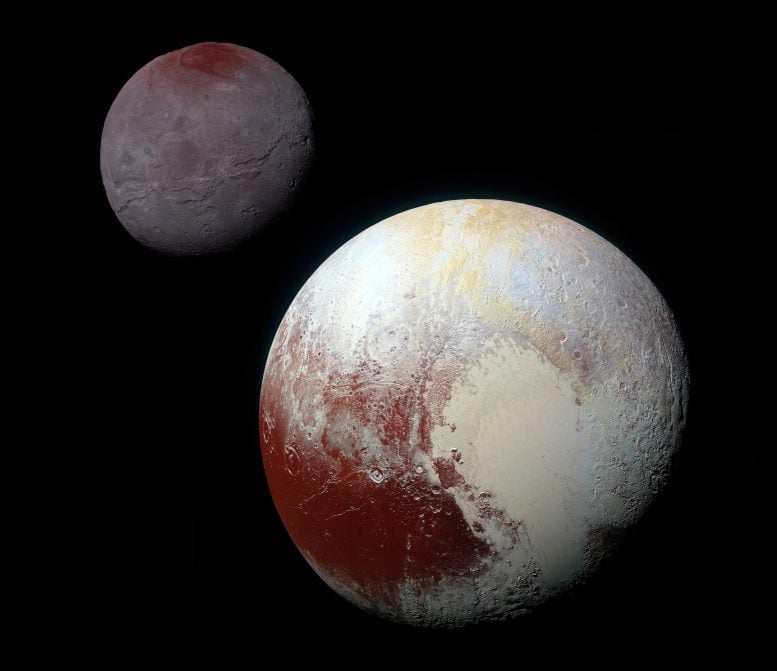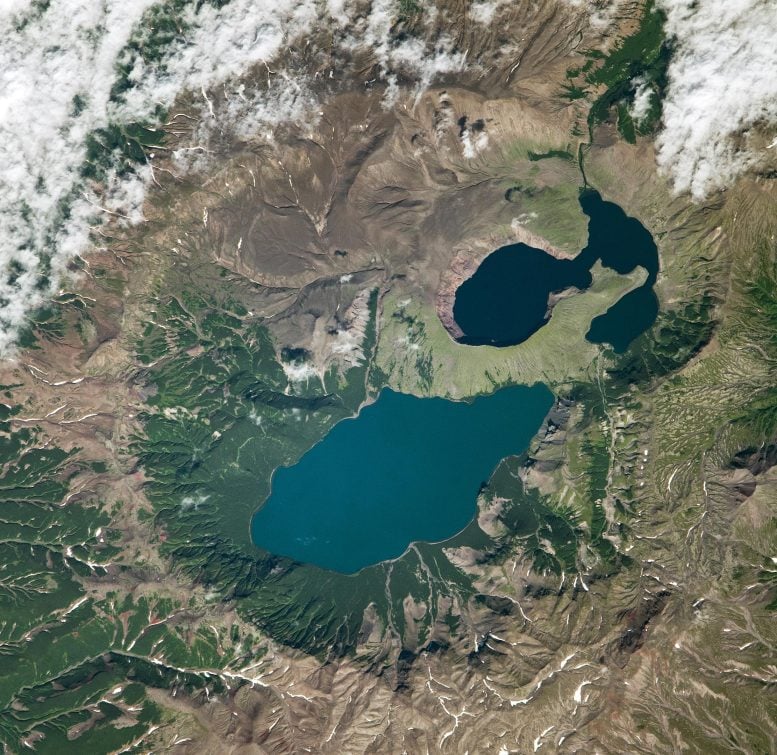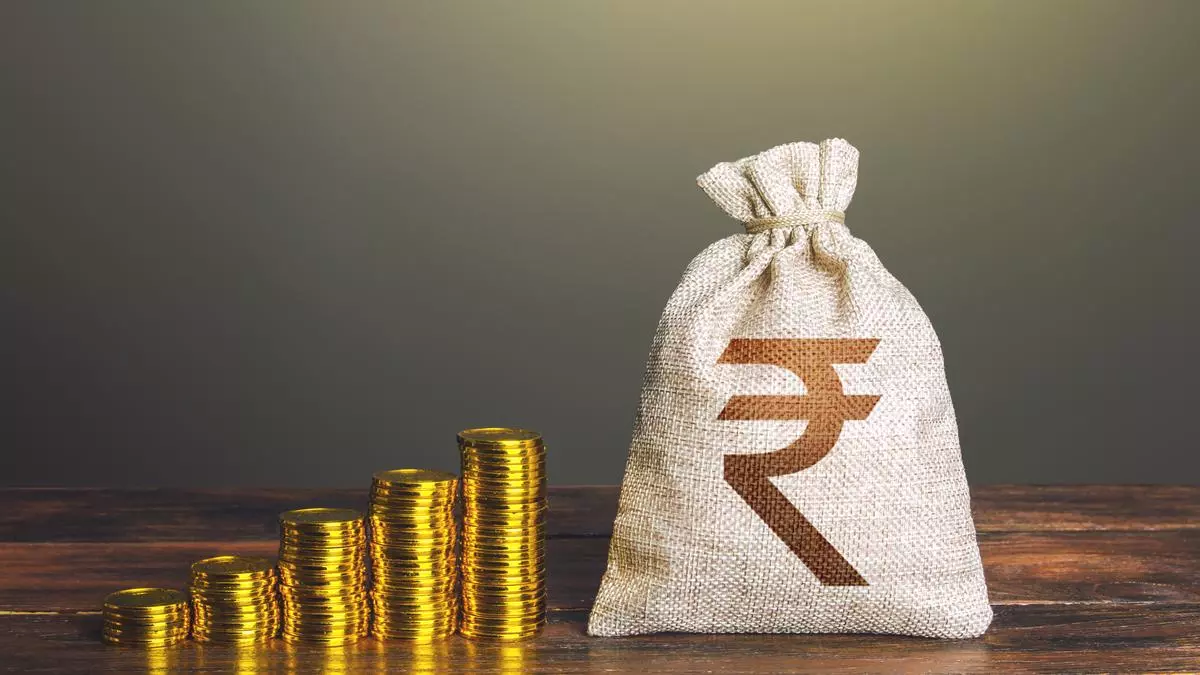
Tooth decay, or dental caries as the pros call it, is still a big problem today despite all our fancy toothbrushes and floss. Oddly enough, our ancient ancestors didn’t have as many issues with cavities, even without modern dental tools. This curious case points to how much our diet has influenced tooth decay over time.
What Did They Find in Ireland?
In an intriguing dig, scientists found two teeth belonging to someone from the Bronze Age, roughly between 2280 and 2140 B.C. These teeth came from a limestone cave in County Limerick, southwest Ireland, during excavations from 1993 to 1996. Even after all these years, the teeth offered some eye-opening insights into the bacteria of yesteryears.
The teeth had loads of Streptococcus mutans, a bacterium we know today for causing cavities. Even though the enamel was intact, S. mutans hinted at possible cavity development. Other teeth at the site showed signs of decay too, but since the skeletons were mixed up, it wasn’t clear if they belonged to that same person.
Why Finding Streptococcus mutans is Such a Big Deal
Spotting Streptococcus mutans in ancient teeth is pretty rare because this bacterium tends to mess up DNA with its acid production. It’s hard to find due to less sugary diets before farming became common.
Some older studies did find small amounts of S. mutans in things like a Neolithic tooth from southwest France and an old Scandinavian “chewing gum.” These finds highlight how much our eating habits have changed and affected our oral bacteria over thousands of years.
How Our Diets Changed Bacteria Over Time
This study shed light on how major dietary shifts in recent centuries have shaped S. mutans’ evolution. Eating more sugar made life easier for this bacterium in our mouths. Notably, there was a population boom for S. mutans after medieval times because of these food changes.
Comparative research shows that more refined sugar available during the 19th century led to higher cavity rates. Observations also point out that cavities became more common after people started farming cereals around 10,000 years ago.
What’s Happened to Our Mouth Bacteria Over Time?
A study published in Nature Genetics back in 2013 talked about how changing diets altered oral bacteria make-up through time. Harmful bacteria like S. mutans began taking over from friendlier types that kept things balanced.
Another bacterium found was Tannerella forsythia, linked to gum diseases and showing more diversity in old microbiomes compared to today’s.
Why Should We Care About All This?
The drop in microbial diversity we’re seeing now raises flags about human health impacts. Prehistoric mouth microbiomes were way more diverse than what we’ve got today—a fact that might explain some diseases common among Western populations.
Experts like Lara Cassidy at Trinity College Dublin stress understanding how recent diet changes affect both mouth and gut microbiomes—key insights needed for tackling today’s health problems tied directly or indirectly to microbial imbalances caused by modern sugary and processed foods.
As Louise Humphrey from London’s Natural History Museum says: “Higher caries rates correlate with increased availability”—a reminder that our choices can heavily influence not just our own health but maybe future generations’ too.
This dive into ancient dental health offers both a fascinating look back at history and pushes us forward—to better grasp what healthy living truly means amidst today’s ever-evolving food norms.
Got a reaction? Share your thoughts in the comments
Enjoyed this article? Subscribe to our free newsletter for engaging stories, exclusive content, and the latest news.









Leave a Comment